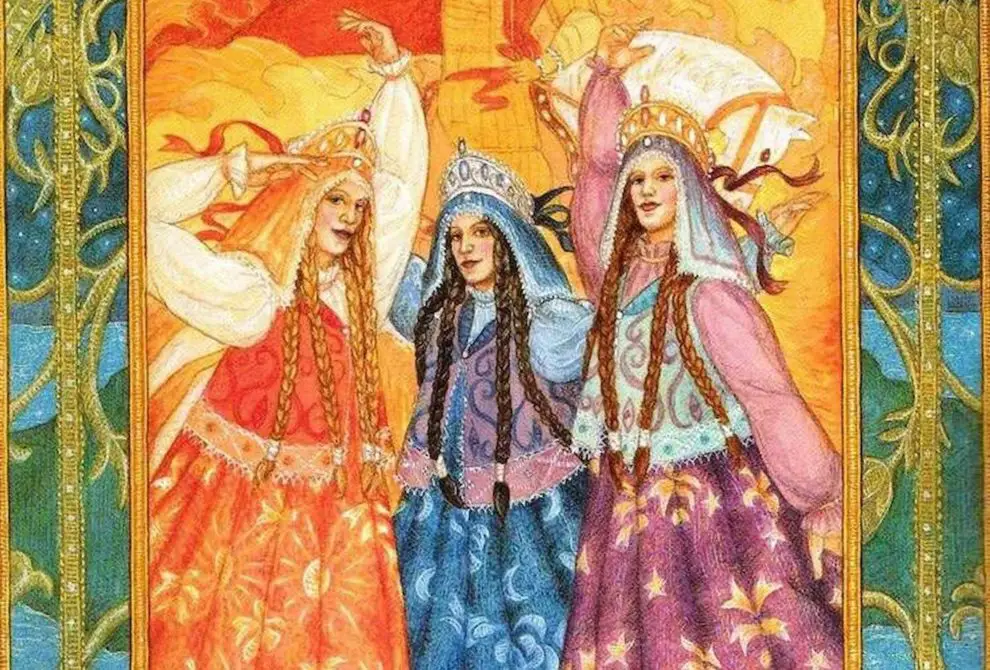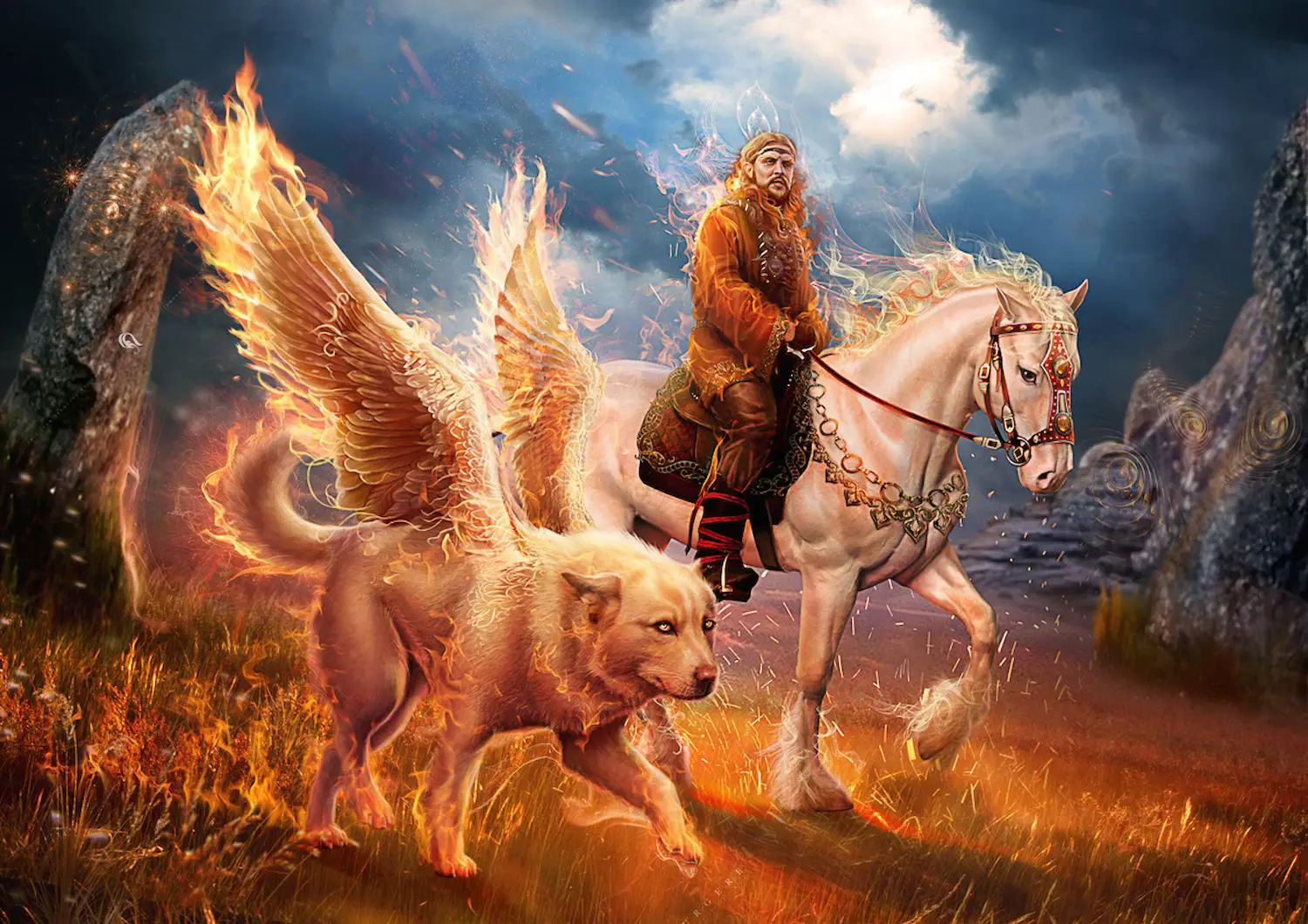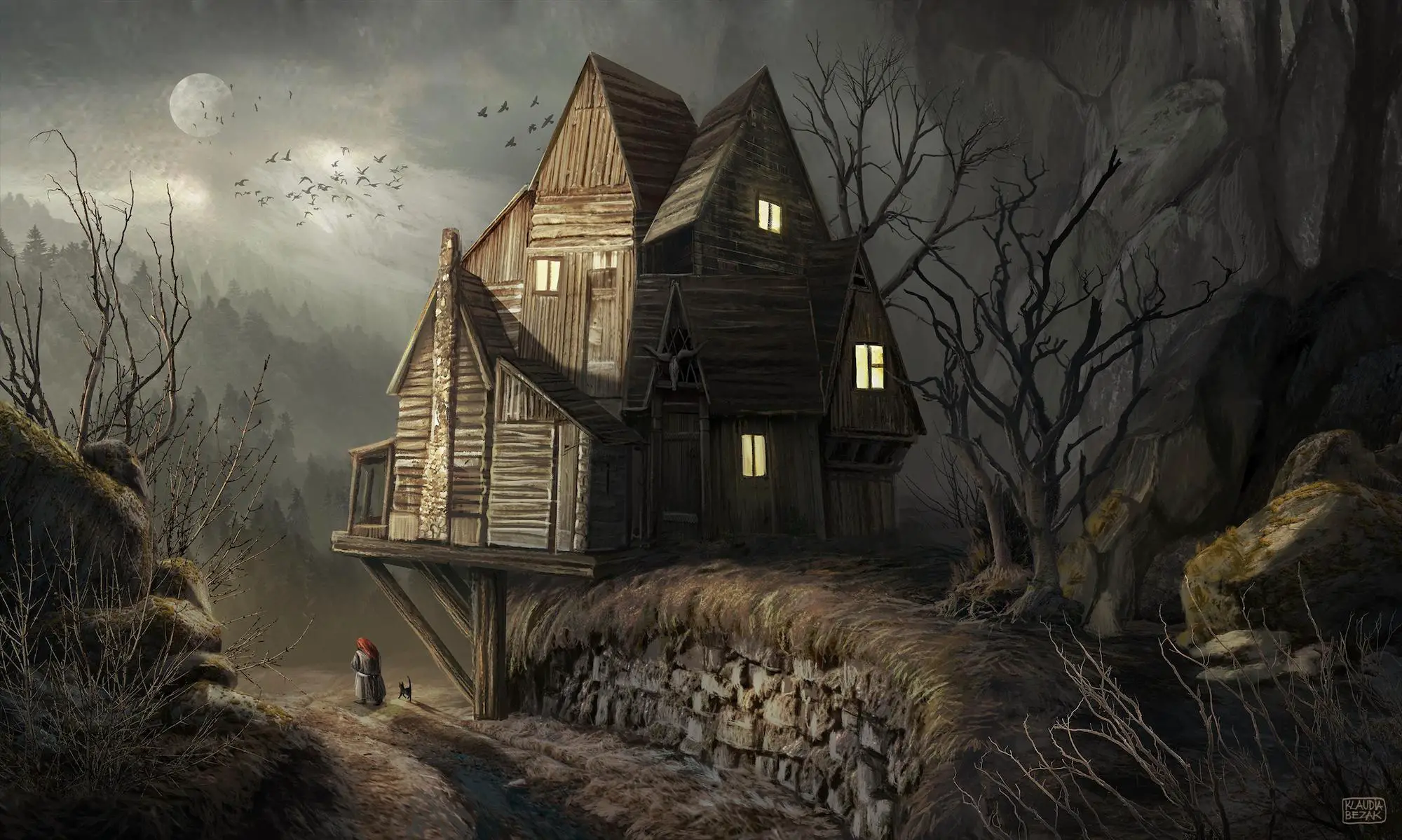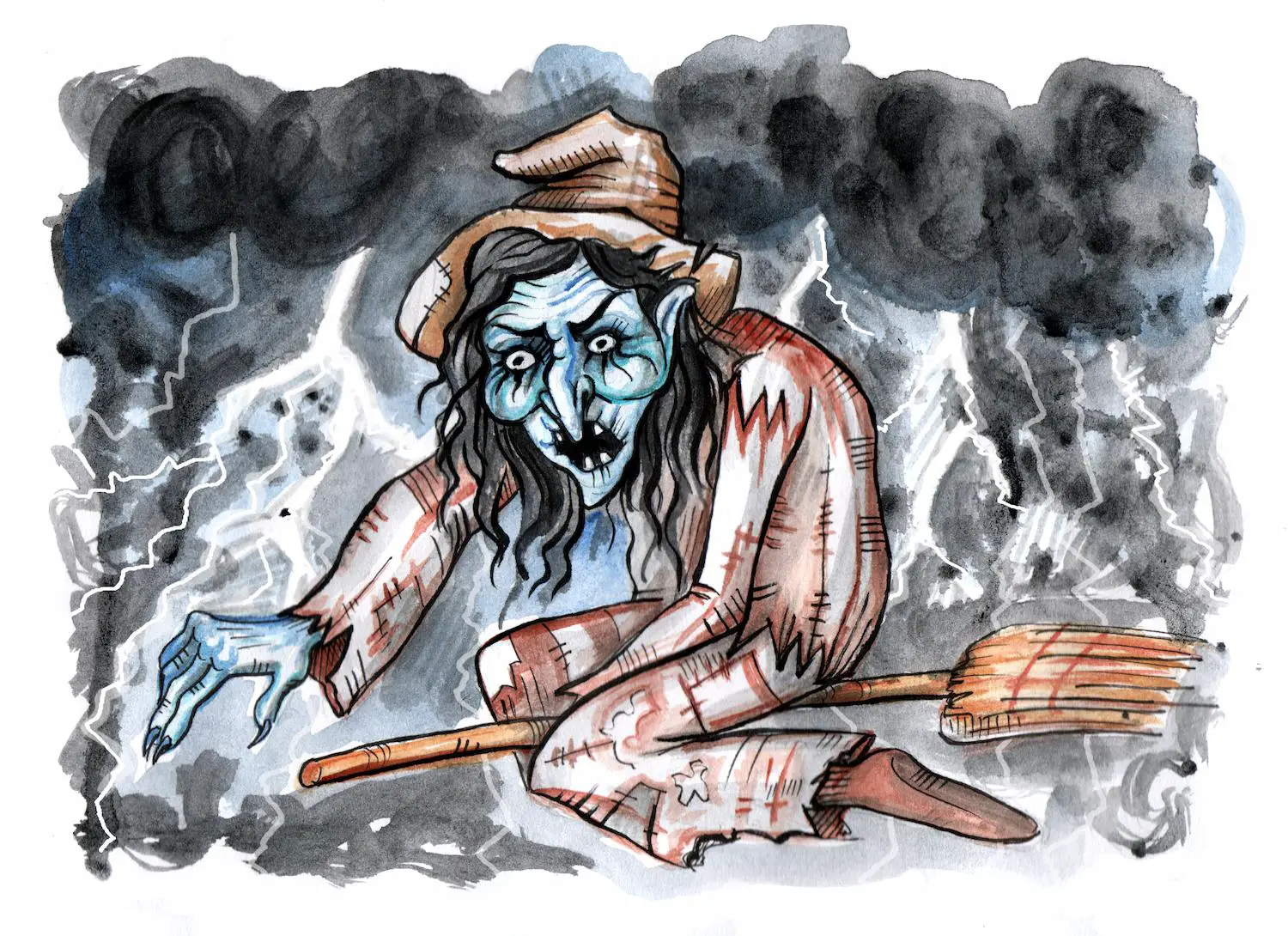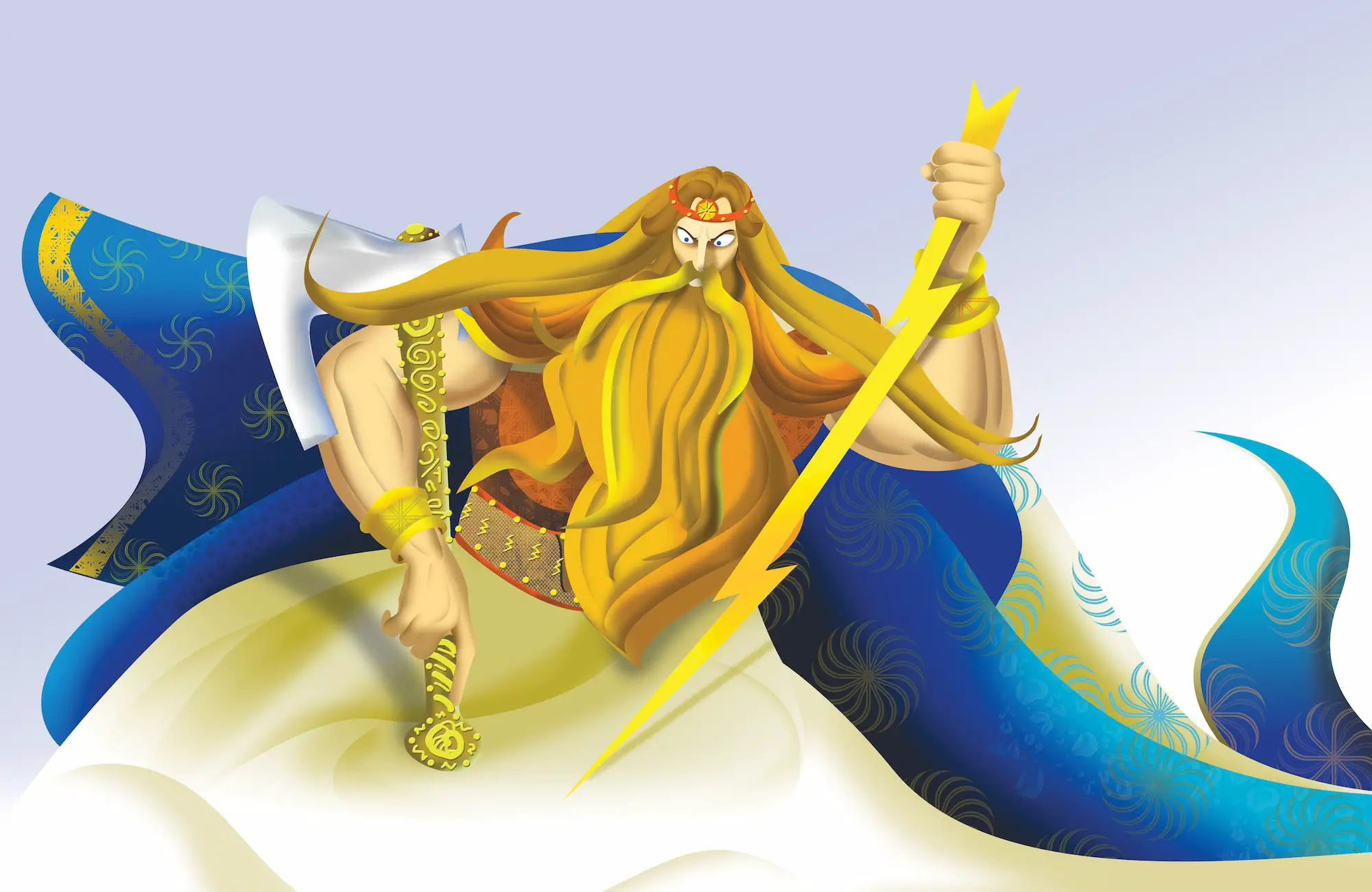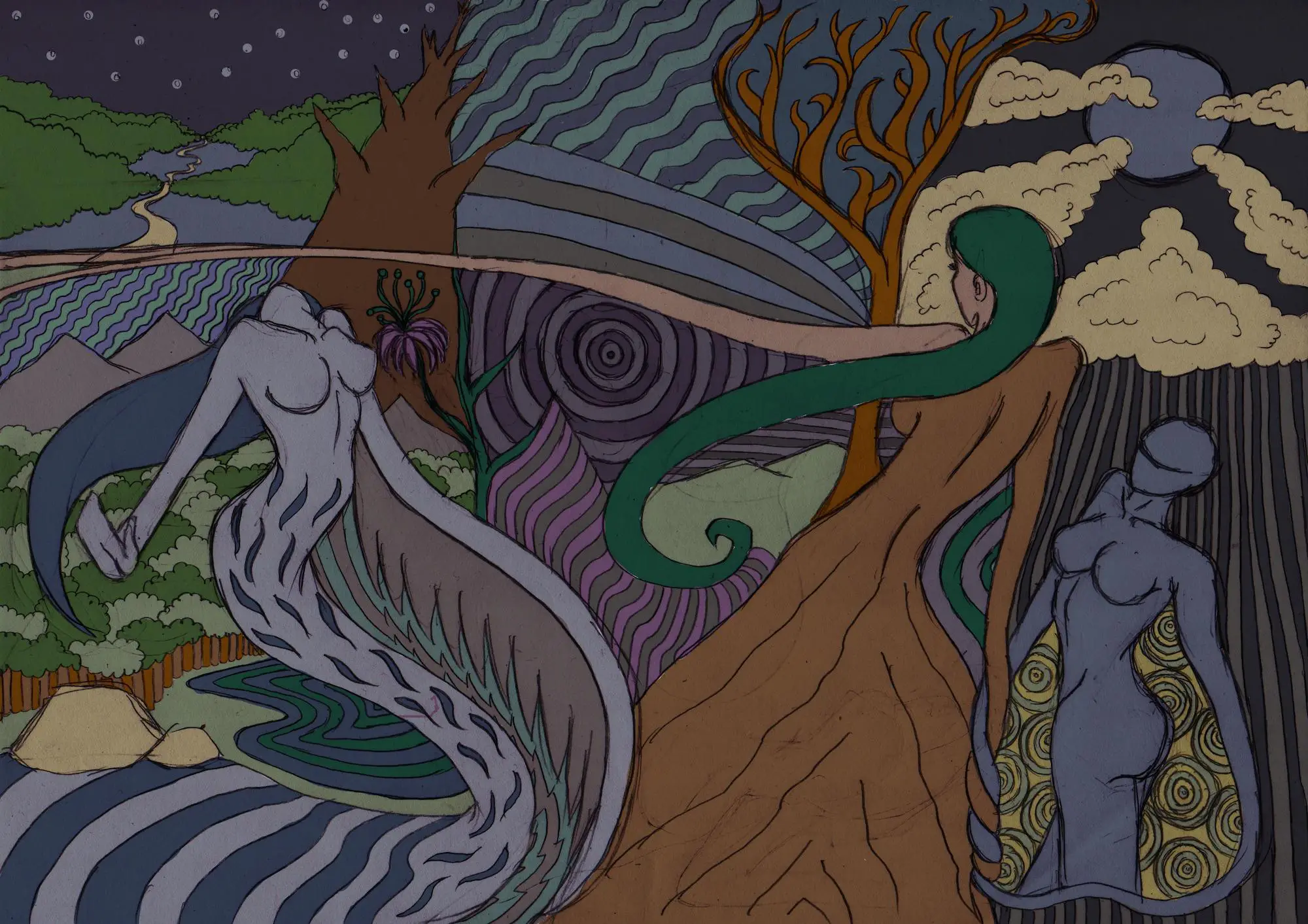Zorya Goddess is one of the most interesting Slavic Gods in Slavic mythology. Many stories of Slavic Gods depict them as old and often intriguing personalities.
Common themes present in sacred stories about Zorya include tales about the creation of the world, as well as narratives about the origin of places, animals, and traditions.
Myths also try to give an explanation of the life cycle and different cyclical changes in nature.
Keep reading this article to learn more about Zorya and its amazing sisters.
Table of Contents
The Zorya Goddess
Zorya, or Zoryas, in Slavic languages, means dawn, a star, or a beautiful girl. Zorya Utrennyaya and Zorya Vechernyaya represent the Morning and Evening goddesses.
Zorya’s are known as strikingly beautiful virgins and the daughters of Dažbog. Sometimes they’re called Auroras, as they represent a type of guardian goddesses.
While the etymological bond with the Proto Indo-European goddess of dawn Hewsos has disappeared in Zorya, the characteristics of the Slavic Aurora remained largely unchanged.
The theme of Aurora can be traced back to the Ancient Roman religion and Latin poetry (if you are interested in a more comparative approach to the topic). Here, the two Zorya goddesses guard the winged doomsday hound, the gryphon Simargl.
Gryphon is an animal deity described as a winged lion or dog, tied to the Polar star in the Ursa Minor constellation.
The story of god Simargl warns believers that if the mythological hound manages to escape it will devour the Ursa Minor constellation, bringing an end to the universe and every living thing.
Slavic folklore, on the other hand, places the two sibling goddesses in the service of their father [1]. Zorya Utrennyaya, personified in the morning star, should open the gates of the sun god’s palace.
She lets the Sun’s chariot out, symbolizing the beginning of the new day.
Zorya Vechernyaya, represented as the evening star, closes the doors of the palace at dusk, after the father’s return home.
There was a belief that the sisters lived on a paradise island – Bouyan or Buyan – together with the North, West, and East winds.
Zorya Utrennyaya – the Morning Star
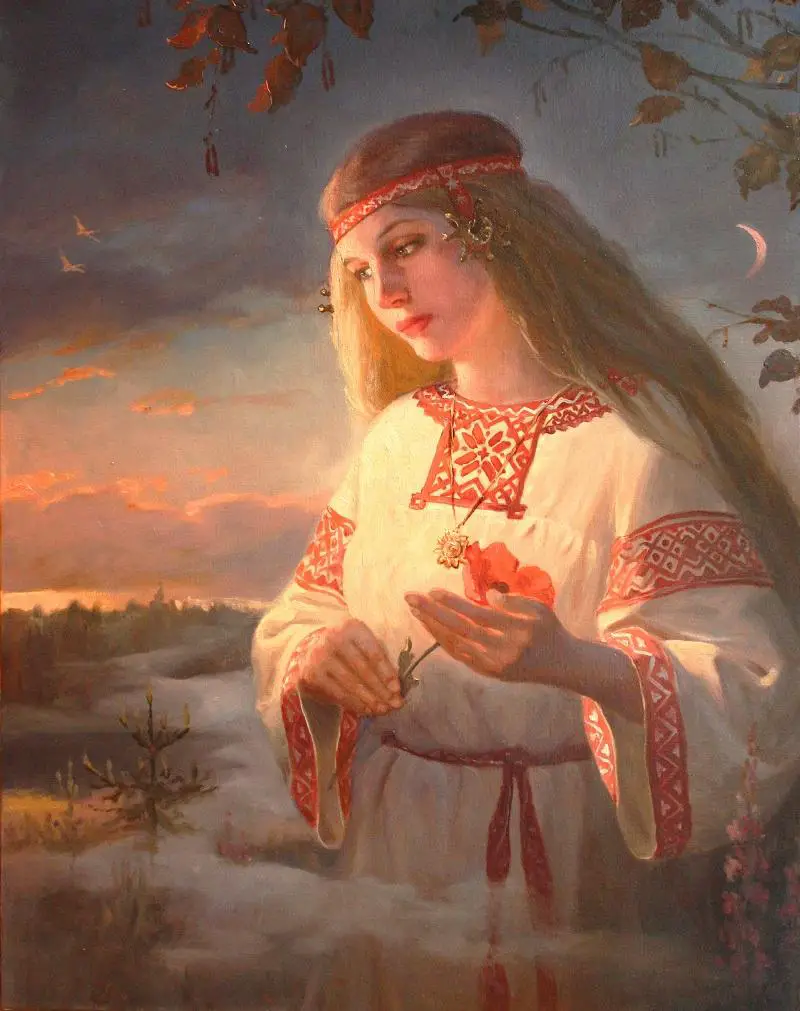
The morning star (or Zora, Zaria, Zarya, Zory, Zore, Zorza) is the first of the two Zorya sisters. She is a guardian goddess, sheltering the light.
Zorya Utrennyaya, described as small and frail with long, golden hair, rules with the morning. Her main responsibility is to open the gates at dawn to let her father Dažbog and his chariot who are bringing light to the earth.
Her cosmological portrait in mythology relates to the planet Venus, the first among the stars to rise in the east before dawn. It was believed that the morning star symbolizes the beginning of a new day, and thus prosperity, love, beauty, and fertility.
Sometimes, Morning Zorya is linked to Perun as his wife. In her role of a wife, the goddess protects and accompanies her husband into battle to ensure his victory. Yet, she always returns home before dawn.
Other times the sisters Zorya Utrennyaya and Zorya Vechernyaya have to roles of the wives of Myesyats, a shapeshifting deity that may be a personification of the moon in some folk tales. Similar to Proteus and Loki he takes many forms, usually that of an animal.
As the wife of Myesyats, Zorya plays the role of a mother to many of the stars. However, in narratives where both sisters symbolize virgin goddesses, Myesyats appears as a female deity or a goddess.
Zorya Vechernyaya or the Evening Star
The evening star Zorya (alsno known as Zorya Vechernyaya, Vecher, Zvezda Vechernaya, Zwezda Wieczoniaia or simply Večernice) is an Evening Star.
Unlike the one who opens the gates of the castle at dawn, the second sister is in charge of closing the gates at dusk.
Her representation in the night sky can be linked to Mercury.
Evening Star Zorya is a virgin. Sometimes, however, the goddess is the wife of Myesyats along with her sister. The three of them, then, bore all of the stars, making her a mother as well.
The Three Zoryas
In the Polish tradition, Zorya Vechernyaya and Zorya Utrennyaya are part of the Triple Goddess Archetype. This interpretation is given by Neil Gaiman in the novel American Gods [2]. Thus, the Zorya deity is not one, not two, but, in fact, three beings.
Based on this archetype, the three bright sisters were the Evening, Midnight and Morning Auroras. The three, including Zorya Polunochnaya or the Midnight Star, guarded the Little Bear constellation, chained to the star Polaris.
The Triple Goddess deity in other cultures categorises the three figures as the Maiden, the Mother, and the Crone, symbolizing the female life cycle. The same symbolism can be applied when it comes to the three sisters Zorya.
The Morning Zorya in folklore is said to be a young beautiful woman, representing the new life. The Dusk Zorya is said to stay in the shadow, usually described as an aged, wise woman, representing the end of life.
As for Zorya Polunochnaya, she symbolises the mature middle-aged women or the period of a woman’s life when she is to become a wife and a mother.
All three together, metaphorically represent the roles that a woman was expected to have in this society.
References
- https://www.academia.edu/10255821/Slavic_mythology
- https://americangodsneilgaiman.weebly.com/summary.html







